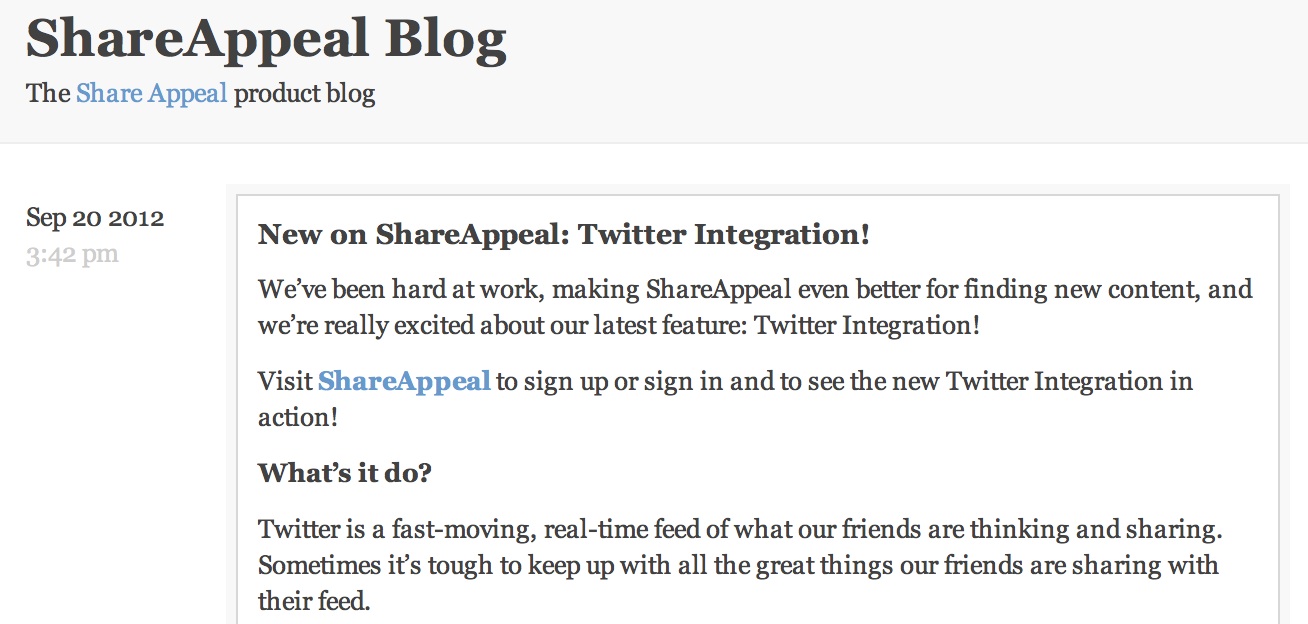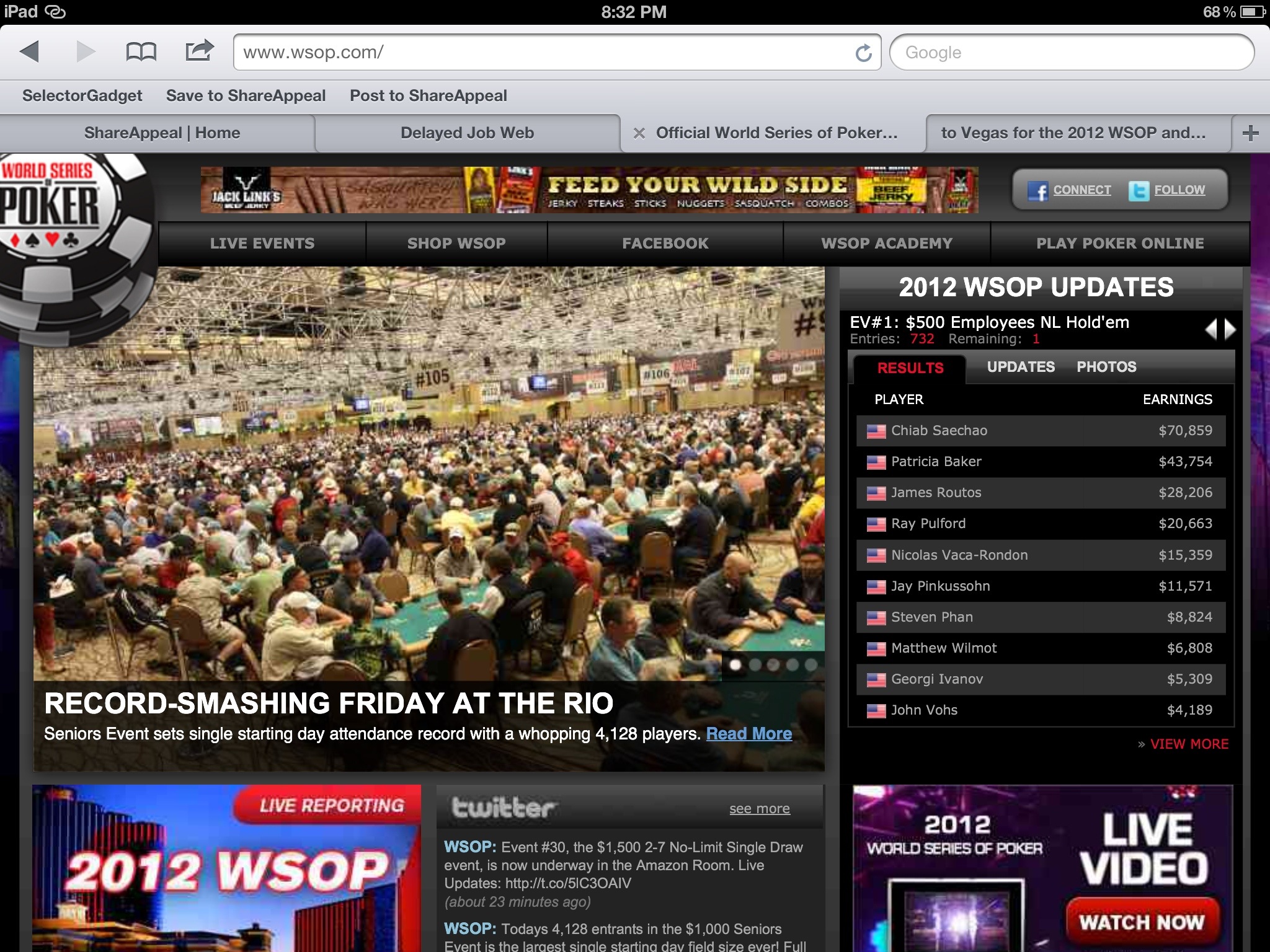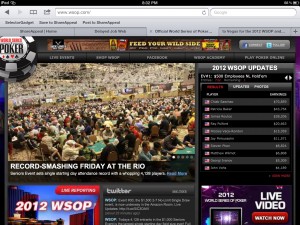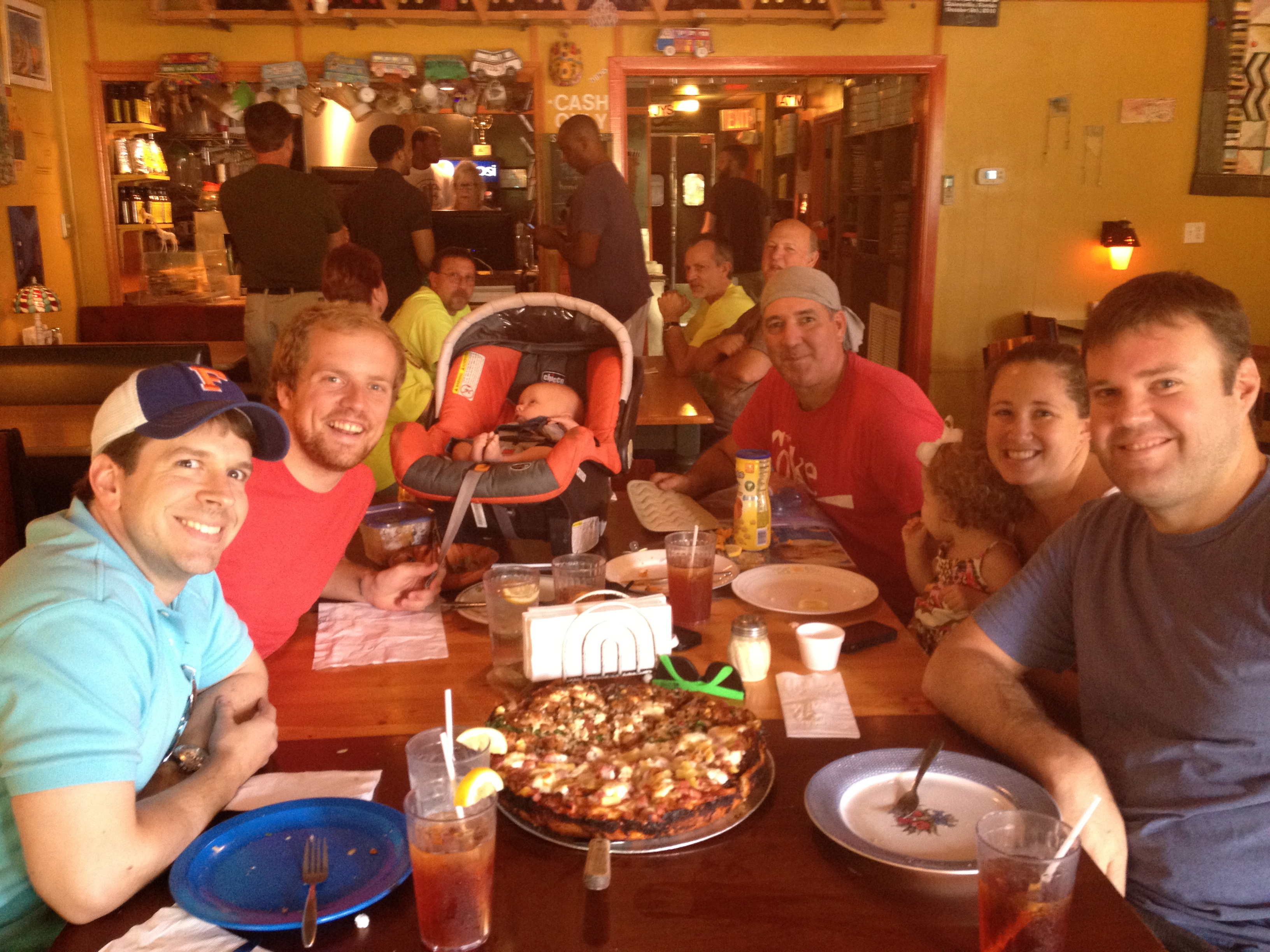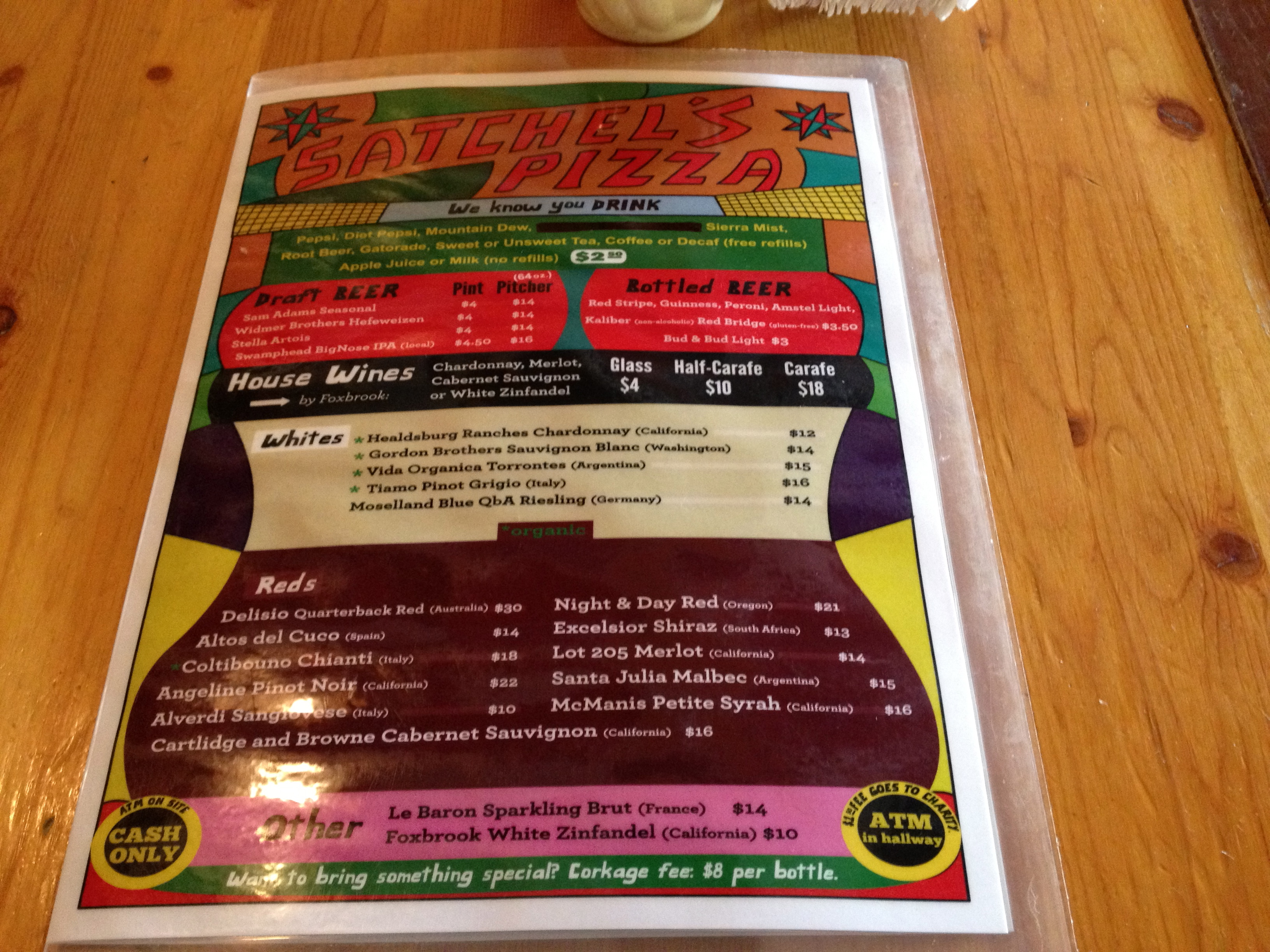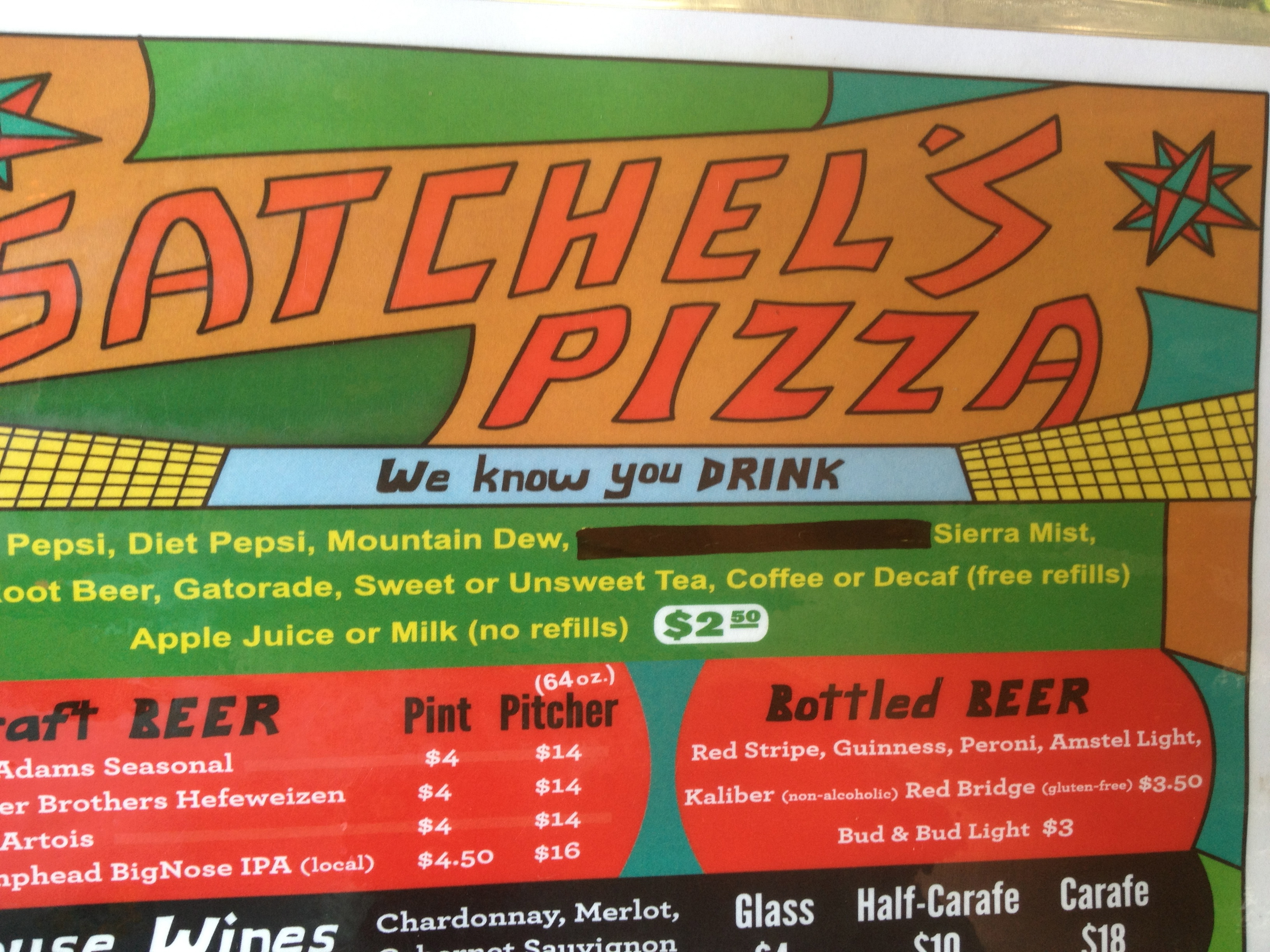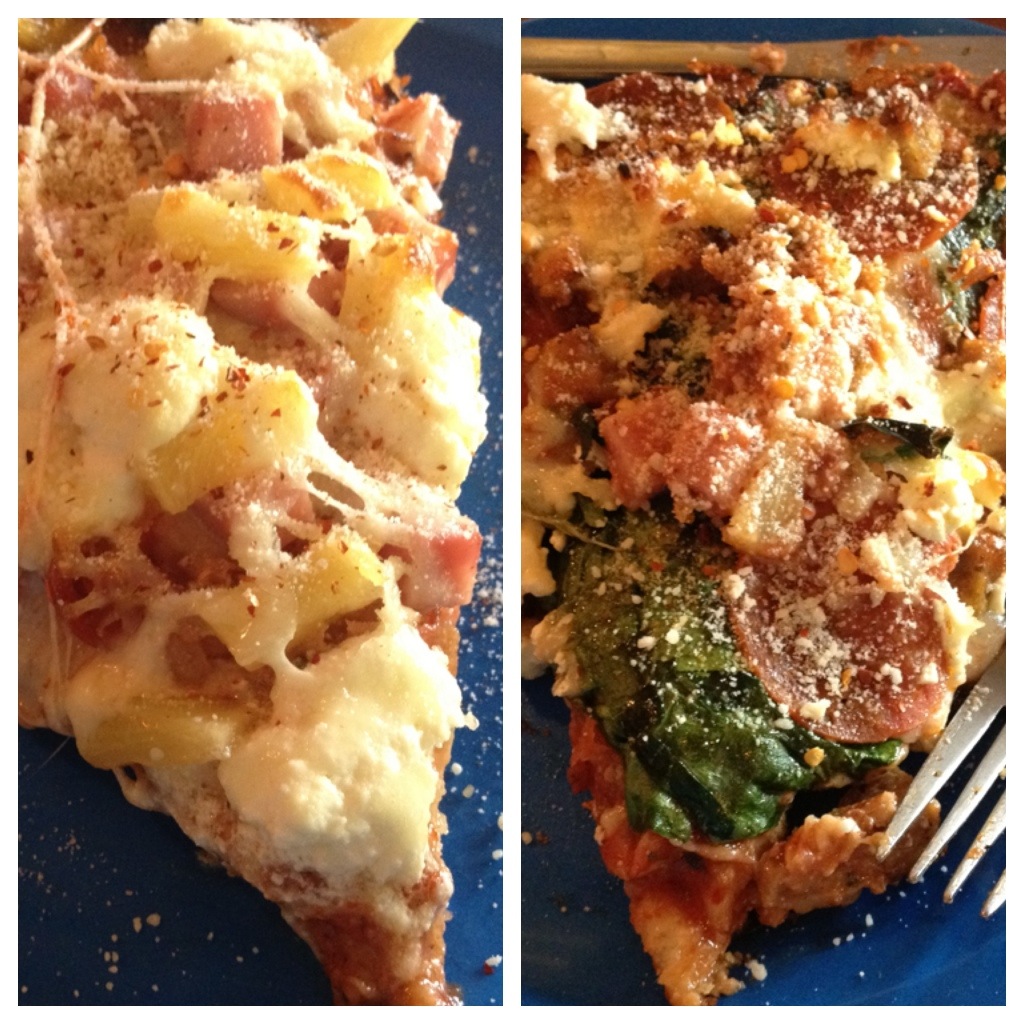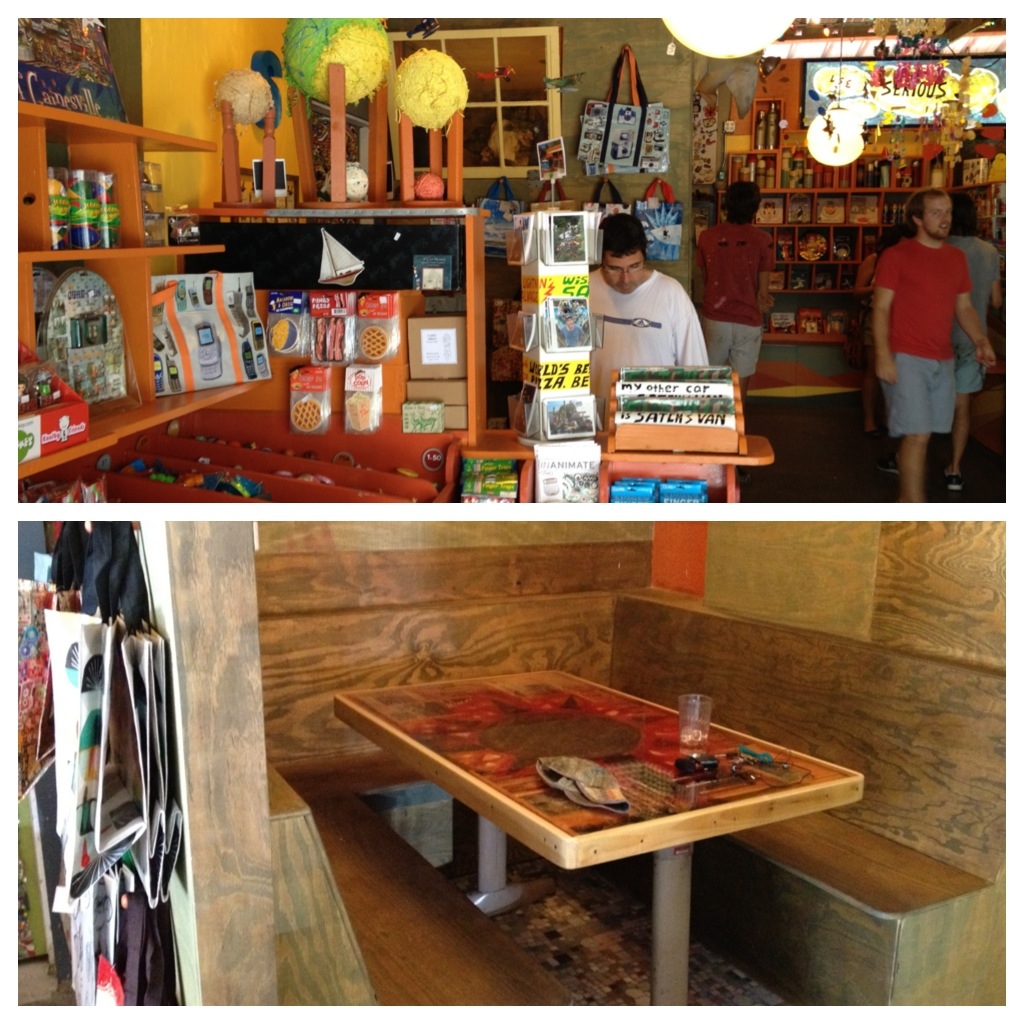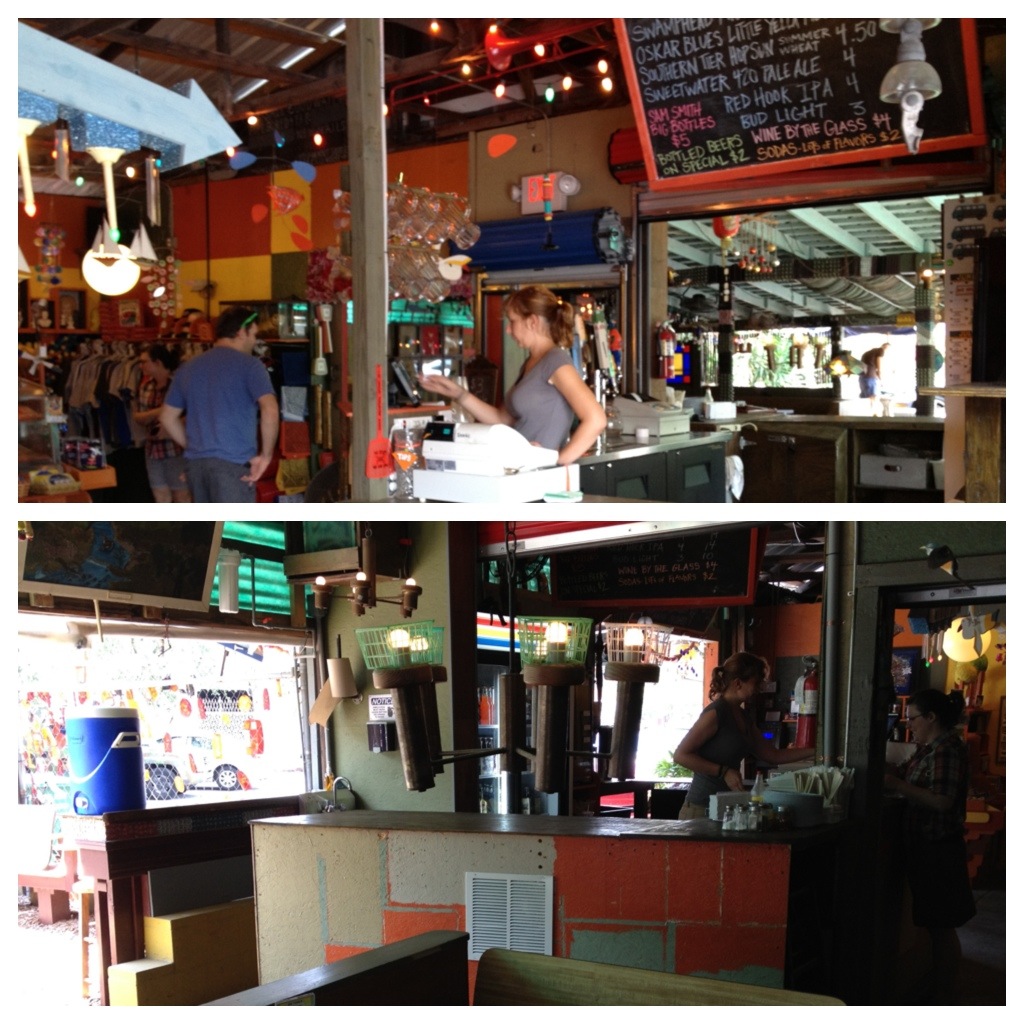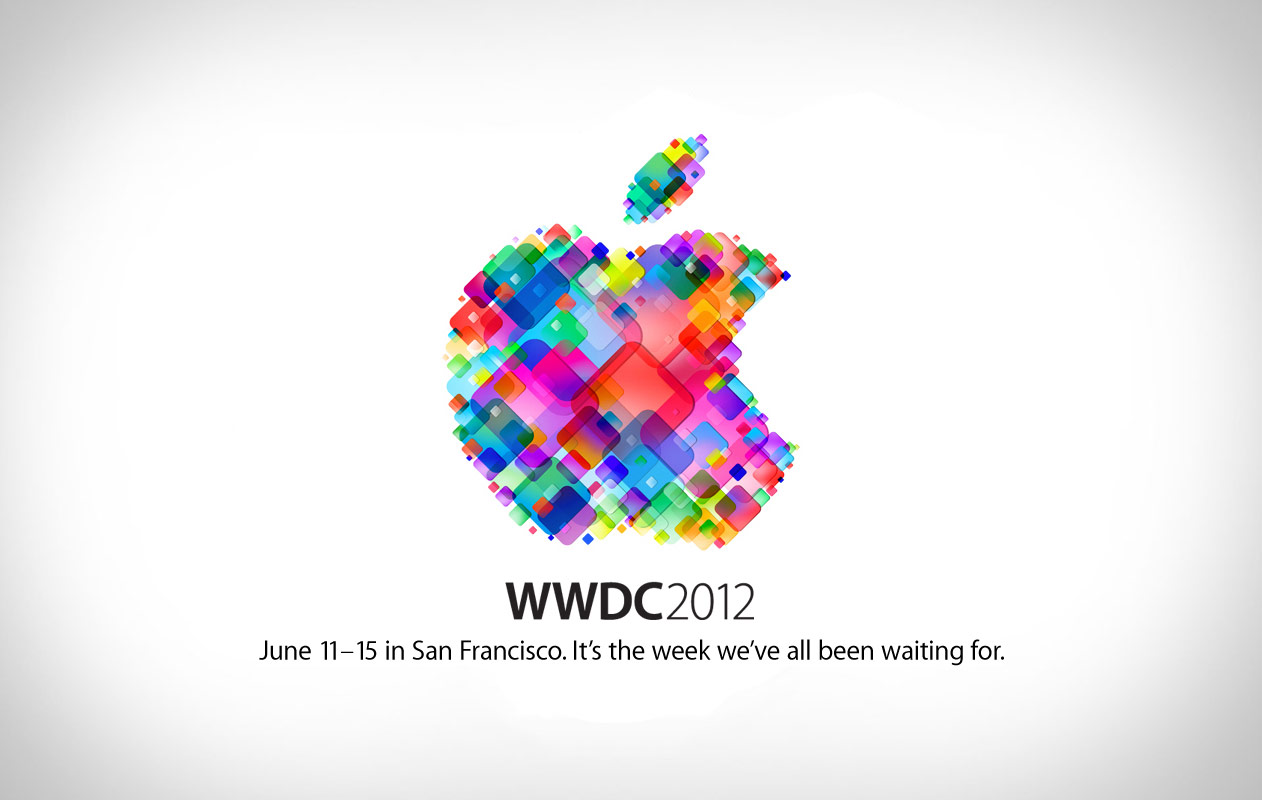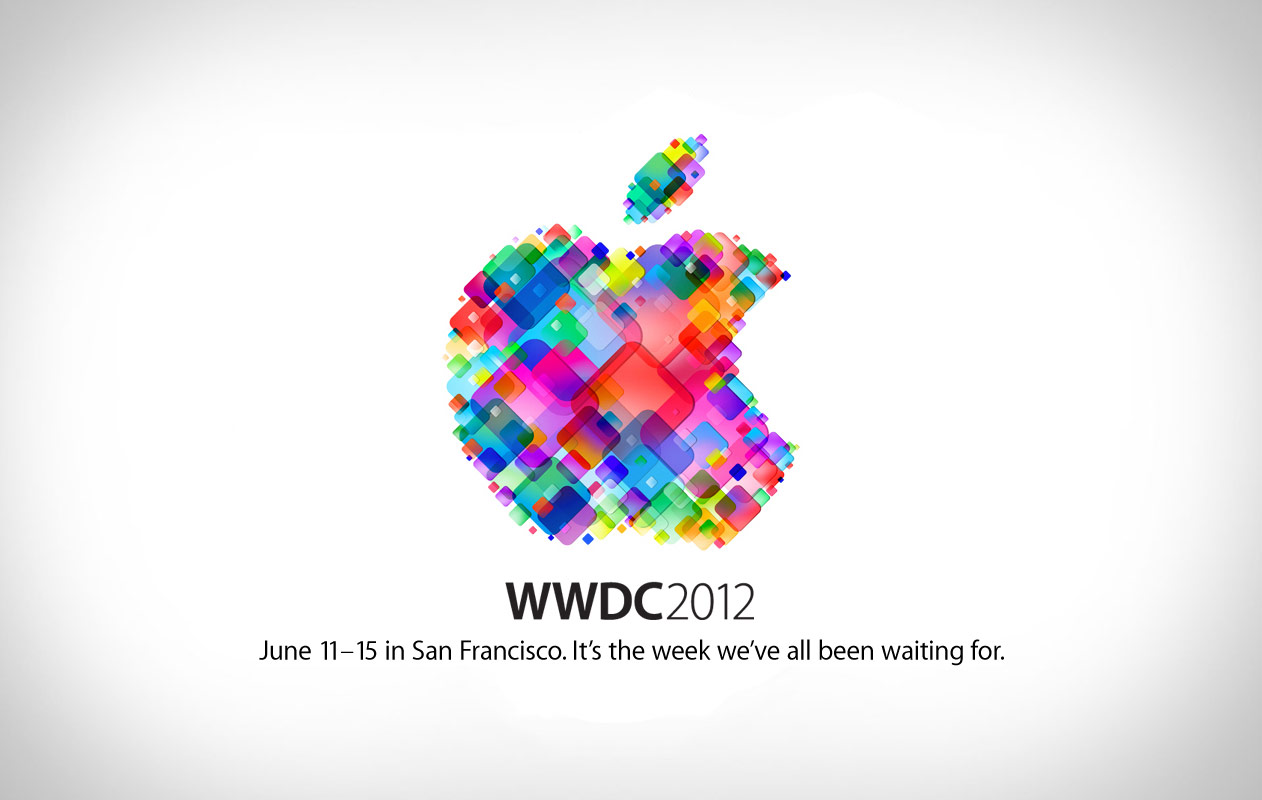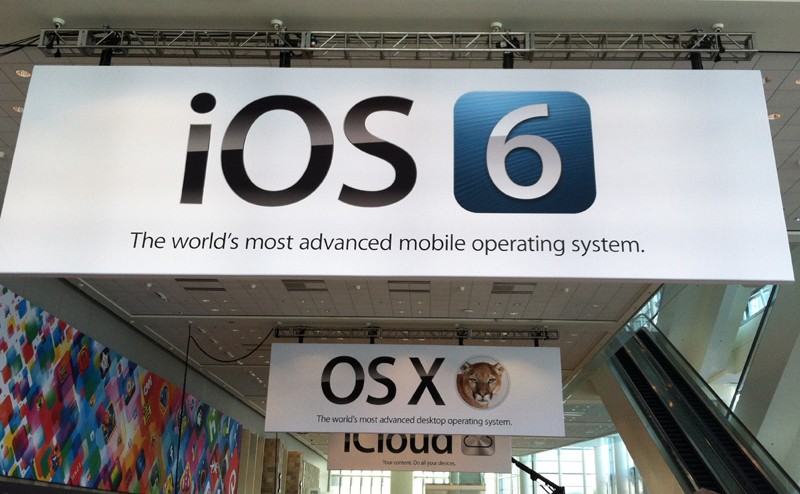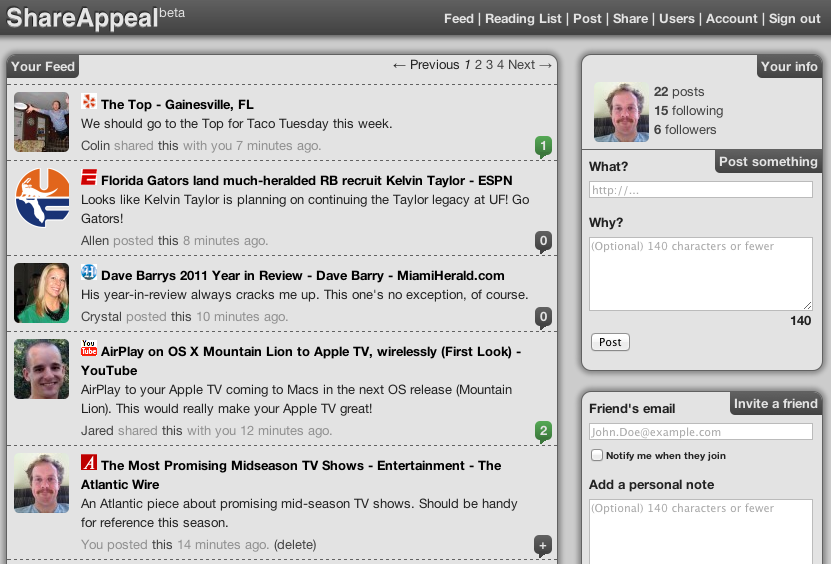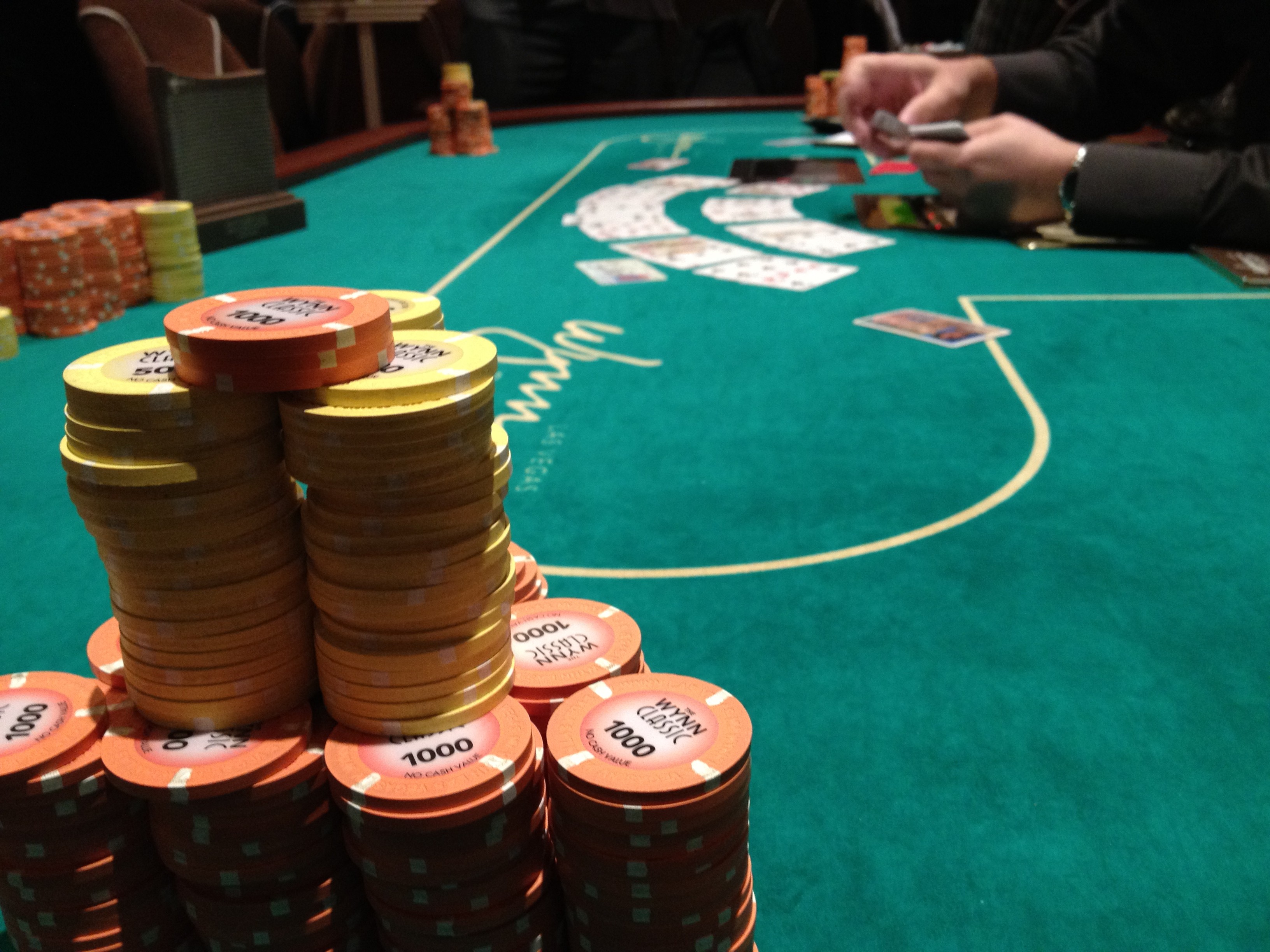
As you may have seen on Twitter, I (basically) won a $550 tournament at the Wynn last weekend. I gotta say, it felt really, really good, especially given how I ran in 2011. I won’t recap the bad beats (you can read about last year’s WSOP and my trip to Seattle for that stuff), but I will say that I was really, really down on poker when I got to Vegas this summer. I had conversations with Luckbox Larry where he mentioned that he and another friend thought I looked really miserable at the poker table. “I am miserable.” is what I told him. Just sitting there, folding, looking forward to a chance to get it in as an 80% favorite so I can take another bad beat–that’s no fun. Of course I look miserable.
Anyway, things finally turned around last weekend. I’m going to do a sort of merged recap here. I was tweeting on breaks, and a lot of interesting stuff happened between breaks that I didn’t tweet about. I’m also going to try to keep this pretty short, but I’m frankly writing this for myself more than anyone else, so you’ll have to indulge me. This was my biggest score so far, after all. I want to remember it.
If you want to read this without all the poker commentary, you can just scroll through to see the stuff in block quotes and see the pics. If you want to read more about the details of hands I played and how the tourney went, then you can read between the block quotes.
Back to the Wynn
Over the years, the Wynn has been a pretty reliable place for tournament success. It generally has pretty soft fields and they’re smaller, so cashing isn’t too difficult. Still, I ran kind of bad there last year and had a grueling six hours in a Saturday $550 tournament there a few weeks ago. And yet, I went back.
@JoshDoody: Back to the Wynn for another $550 tourney because I hate money and like getting cold cards and watching my stack dwindle over several hours.
But I was determined to make this one different. Beforehand, I told Luckbox Larry, “You know what? I’m going to play good poker today. I’m not going to be all careful, playing cautiously to hang around and get lucky. I’m going to be aggressive, make moves and either put together a run or go down in flames.” I was determined to play well, and to make my opponents hate me.
As I’ve mentioned on Twitter (and probably on the blog), I spent the past year writing a book about heads-up tournament strategy, and I really learned a lot while writing that book. Much of what’s in the heads-up book is directly applicable to full ring tournaments because, in the words of one of my co-authors, “If you’re playing full ring right, most of the pots you play are heads-up anyway.” You just shrink your playable hand range (and do the same for your opponents) and heads-up strategy is very applicable to full ring tournaments.
So, I learned a lot about heads-up strategy, and I thought I could apply it to full ring games. One of the benefits of writing a book with professional poker players is I get to talk poker with professional players a lot. I went into this tournament focused and really “seeing the ball”. My plan was to play aggressively, be tricky against good opponents, and use position to abuse people. I did all those things, and did them pretty well.
During the first few levels, I played a few pots, but one hand was memorable and it set the tone for the tournament. I used a move called a “flat-float-bluff” (FFB) to win a decent pot with a crummy hand. A FFB is where an opponent in front of me raises and I flat-call his raise (usually with a weak hand). The opponent will typically continue betting (c-bet) on the flop, regardless of his hand. The “float” is where I call that c-bet without a real hand, planning to win the pot later on. If the opponent was indeed betting with a weak hand on the flop, he’ll often check the turn, and that’s when the “bluff” comes in. This move can be very effective against opponents who will give up if they missed the flop and their c-bet gets called.
This time, I actually used a flat-float-bluff-bluff (FFBB) since I had to fire two barrels (one bluff on the turn, another on the river) to win the hand. I won this one with a combination of moxie and a tell I picked up on my opponent. When I went to execute the “bluff” on the turn, there were three hearts on board. I had K2o for total air and no heart draw, but I continued with the plan to bluff anyway. As I was counting my chips to make the bet, my opponent grabbed some “calling chips” and held them out as though he were definitely calling if I bet. This tell can mean a few things depending on the situation, but in this case I knew it meant he was trying to intimidate me into checking instead of betting. He had some kind of decent hand, but probably not a great hand, and couldn’t stand to call a bet on the turn and a bet on the river. He was trying to slow me down so he could get to showdown cheaply. I was pretty sure he did not have a heart draw because of the action in the hand, so I figured he must have something like a one-pair type hand. The river was another heart (putting four hearts on the board), and my opponent checked to me again. I was pretty sure I would win if I bet (because I didn’t think he had any hearts), but I took my time grabbing my chips because I wanted to see if he’d do the same thing where he held out “calling chips” before I bet. He didn’t, so I knew I had a green light to bluff and take it down.
@JoshDoody: We started the @wynnpoker tourney with 17.5k chips. I made the first break with about 18k after getting up to 25k and misplaying a hand.
The hand I misplayed was an interesting hand against a good player who was directly to my right. I flat-called his pre-flop raise because I had position. I don’t remember what I had, but I think it was something like 65s. There was one other player who saw the flop, which was something like K83. The first player checked, the raiser bet out (“c-bet”, which just means he continued betting as is expected of the pre-flop raiser if it’s checked to him on the flop). I called his bet with nothing (another “float”), hoping the first player would fold, and I could steal the pot on the turn (I’m trying another FFB). The turn was a boring card, my opponent checked, I bet, and he check-raised me so I had to fold.
My mistake was that I should have folded on the flop when he c-bet. He had rarely c-bet before that hand, so I could be reasonably certain he had a pretty good hand when he c-bet on the flop. This wasn’t the time to make the “flat-float-bluff” move, especially since he’d seen me win a pot with a similar line a little earlier (the FFBB with K2o on the four-heart board). This would set up a pretty big hand later.
Right after the first break, I had to 3-bet and fold to a 4-bet from Luckbox Larry. The opponent I 3-bet was the same solid opponent I had failed to flat-float-bluff in the hand I misplayed earlier (above). I suspect he began to realize that I was playing aggressively in position on him, and he was suspicious. That’s the setup for this next hand.
My opponent (the good one on my right) made a standard raise from the hijack seat (HJ; the seat two to the right of the button), and I flat-called in the cutoff (CO; the seat one to the right of the button) with Td9d. I think everyone else folded. The flop was all diamonds (something like J42), giving me the medium flush. My opponent c-bet (bet out), which is a standard play, but not one he usually makes (see above). He usually won’t c-bet (which is why I played the hand so badly earlier). I would normally want to raise with my flush to define his hand (his reaction to a raise on that flop would tell me quite a bit), but also to take control of the hand so I could dictate whether we bet the turn (because hopefully he would check to me on the turn if he called my raise on the flop). I decided to call since it seemed he had a real hand, and he might put me on a float if I just call on this board.
The turn was an offsuit king, which was a pretty good card for my hand. If I was ahead on the flop (which was very, very likely), I was still good on the turn (I didn’t want to see the board pair, or a diamond). My opponent checked to me, and I had to bet because I couldn’t give him a free card to see the river and possibly counterfeit my flush. I was nearly certain my flush was the best hand, and I couldn’t afford to slowplay anymore. Also, I had made this same play earlier, and he caught me (the flat-float-bluff) making the move, and he had seen me take this same line against another player earlier (when I had K2o and did a flat-float-bluff-bluff). This was the perfect situation to bet and hope he was trying to trap me. Sure enough, he check-raised, I moved in, and he called. It turns out he had KK, so he had turned a set of kings. That was a big pot that gave me a lot of chips.
@JoshDoody: I have 45k on the second break. Playing good, aggressive poker, earning pots with bluffs and getting lucky occasionally. Who is this guy?!
There was one really interesting hand during these levels. I raised in middle position with AQo, and only the big blind (an aggressive European player) called. I’ll skip straight to the river (we both checked the flop Qc9c8x, he bet at me when another club hit the turn, and I called). On the river, the board was Q984x with four clubs. So I had top pair, top kicker on a four-flush, straightening board. The problem I had was that my hand was “pretty good” (top pair, top kicker is a pretty good hand in a heads-up pot). But there were a lot of hands he could have that beat mine. My opponent’s lead on the turn indicated a semi-strong hand that might be trying to protect against a club draw. On that board, “semi-strong” means several hand that beat top pair, top kicker. On the river, My opponent checked to me, and I often would have just checked back, hoping my hand was good, but I decided that was a bad idea. He could have some dinky little club, or even a weak two pair that he was afraid to bet. The bottom line was there were a lot of hands that beat mine that would fold if I made a good bet. On that board, he would have to fold sets, two pair, little one-club hands and even a straight. So I decided to turn top pair into a bluff. I made a largish bet and he folded.
This isn’t a super remarkable hand except I think I would often have checked there in the past. But checking is a mistake much of the time because I can get so many better hands to fold by betting. I didn’t make that mistake and I earned a pretty nice pot. I’m pretty sure my opponent folded a better hand because he mumbled something that Luckbox Larry overheard… seemed like he might have laid down top two pair. I was feeling pretty good after that hand. I had been chipping up almost all day, and played pretty good poker.
A few hands later, I raised with 92s in late position, and ended up winning a decent pot, but I had to show the hand. (I c-bet the flop, bet again on the turn, and gave up on the river. My opponent had been calling with various draws that all missed, so I had to show my third pair of nines with a deuce kicker to win the pot.) This was a problem because now everyone knew I was raising trash in late position (which I had been for a while – the blinds were pretty tight and folded way too much).
The result was that I had to snug up a bit and hence didn’t grow my stack very much before dinner.
@JoshDoody: On dinner break with ~62k, and average is ~40k. I’m playing well and winning most of the big pots I play (which is lucky). 30 left, 10 pay.
After dinner, I continued to play pretty tight thanks to my image being trashed with 92s earlier. I still managed to chip up, but it was mostly just luck: I happened to pick up hands in the big blind to bust some players who moved in with short stacks. I don’t remember playing too much poker during this stretch. Just sort of sat back and let the cards do the work.
@JoshDoody: We’re on the last break of the night. 21 left, average is 65k, I have 125k. Playing and running well. I should be Top 5 in chips. 10 pay.
@JoshDoody: They broke my table. I got AA the first hand at my new table. Held up against KK for a monster pot. Chip leader with ~250k. 14 left, 10 pay.
This was the first and only time I had AA, KK or QQ in the tournament. Lucky for me, I got AA against KK, AND he had more chips than I did (there were probably only two or three people with more chips, so this is very lucky), AND my AA held up. This was pure luck and it worked out really well for me. I was monster chip leader with 14 people left.
Unfortunately, things would turn ugly for the last level of the night. This next tweet says it all.
@JoshDoody: JJ < KK, a blind vs blind gone bad, raise/fold with 88, flat-float-bluff fail and I'm down to 124k (above avg) with 12 left. Back at noon.
I beat myself up pretty bad after this run of hands, but I was probably a little hard on myself. The JJ < KK hand was blind versus blind. It was folded to the small blind who had literally moved all-in probably six times since I sat down at my new table. He had been showing good cards, but was still pretty short. He had about 40k left (remember, I had 250k, and average was around 100k, so he was pretty short), and moved all-in. I looked down at JJ and had an easy call. Of course, he had KK and it held up, so there goes 1/6 of my stack.
The next hand, I was in the small blind and it was folded to me. The big blind only had 29k left and I think we were at 1,500/3,000 with a 400 ante. Translation: He was very short, short. I looked down at J7o and decided I could move in and take the blinds pretty easily. The player in the big blind had been playing really tight, so I expected him to need a good hand to call.
He thought for a few seconds and called with… Q6o. I’m not sure why he called. That’s clearly not a calling hand, and he was a tight player. He just decided to go with it, I guess. Of course Q6 held up and I lost another 30k. Down from 250k to 180k in two hands.
About five hands later, I was in early position and opened with 88 (we were six-handed). A tight player two to my left moved all-in, and I ended up folding. He later told me he had TT. Another 10k gone.
The last hand of the night, an aggressive player in early position (we’re still six-handed) made his standard raise to 9,500. I flat-called on the button with KTo (I think this is fine six-handed, and a 3-bet would be totally acceptable as well). The flop was Q94, giving me a gutshot straight draw and an over card (and king high, which could be good). He c-bet and I floated. The turn was another four, and he checked, so I bluffed for 21k (just about half pot). I’ve now tried a FFB… and he called. The river was another queen, so the board was Q944Q. He led out for 40k and I thought for a while and folded. I almost called with king high there, but just decided it would be awful to go to Day 2 with 80k chips, below average. I may have lost a leveling war because I’m pretty sure my opponent knew I would think that way, and that may be why he made that bet. He may also have had a hand, but I kind of doubt it. Who knows.
Day 2
@JoshDoody: Our table draw for Day 2 of the Wynn $550 is here (ugly pic): [The link is already broken.] @hugepoker and I are at the same table. I’m 5th in chips.
Luckbox Larry and I did a lot of research on our Day 2 table, and it turned out I had a pretty bad seat between two good players. We were only six-handed, so this was a bad seat draw, especially since Luckbox Larry was also at my table. I’m pretty sure our table was significantly tougher than the other table.
We also decided to swap some equity since we both had the same chip stack and we were on the bubble. This is a pretty unusual swap because equity swaps usually happen before the tournament starts. But since we were on the bubble and had similar stacks, we decided it would be prudent to hedge by swapping some equity. Basically, we were trying to ensure that at least one of us would get something as long as one of us cashed.
It all turned out to be moot because we literally played one hand before two players (one at each table) busted and we made the money.
@JoshDoody: Made the final table at the Wynn. I’m guaranteed a min-cash, going for the $11k first prize. (cc James Di Virgilio) https://twitter.com/JoshDoody/status/219511016785059840/photo/1
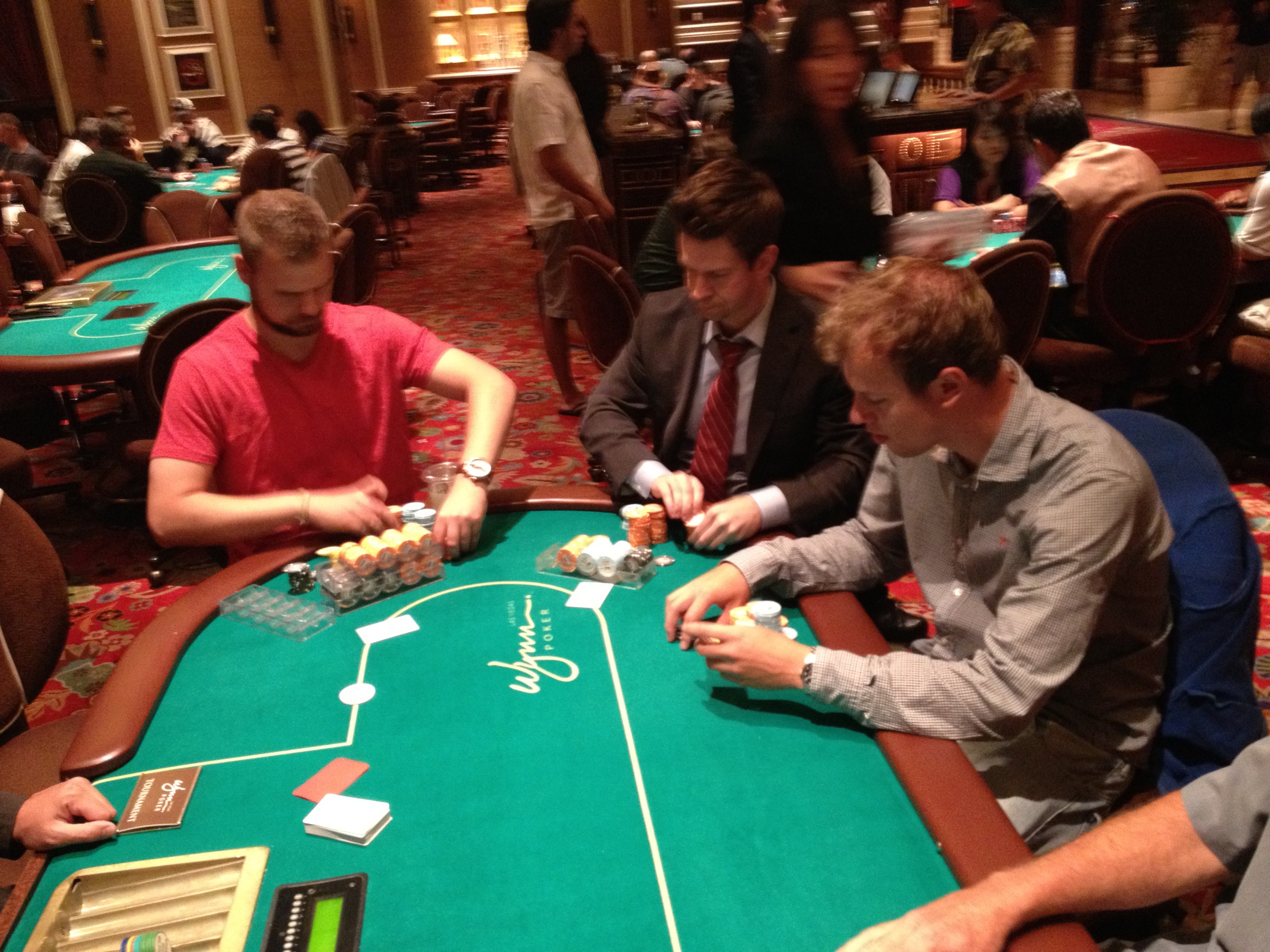
Once we made the final table, we redrew for seats, and my seat draw was much better. The good player to my left moved over to my right. The good player that was to my right moved across the table from me.
You’ll also note that I’m wearing a suit for the final table. I did that just because several of my friends back home told me I had to change something up to stop running bad. I decided I would dress up to show the final table I meant business (and to show them that I only had one outfit resembling a costume).
@JoshDoody: 9 left. I’m below average and need to win a pot (it’s been a while).
I was card dead for quite a while at the final table.
@JoshDoody: 8 left. I stole the blinds once, so hanging in there.
The card-deadness continued down to eight left. Stealing the blinds was worthy of a tweet, so that paints a pretty clear picture of how my cards were. I’m pretty sure we played down from 12 left to eight left, and the only pot I won was this blind steal.
@JoshDoody: 7 left AND I knocked out number 8 with KQs > 99 ( I won a flip!). I’m still pretty short, but not desperate anymore. (UPDATE: 6 left)
I was getting really short-stacked, and an under-the-gun opponent moved all-in when I was in late position. I would normally not call all-in with a hand like KQ, but this particular opponent had been moving in a lot, and I thought there was a pretty good chance I had him dominated (I think KJ, KTs, QJ were in his range). I could also essentially remove AA and KK (and maybe QQ) from his range because he moved in quickly when it was his turn to act. Most players will have to think, “How can I maximize my chances of doubling up with these aces?” before they move all-in or raise. He didn’t take enough time to think that over, so I could be pretty sure he didn’t have a monster. Given the fact that I could have him dominated and that he was unlikely to have me dominated, I decided to put my chips in with KQ. Turns out we were in a coinflip and I hit a king on the turn to bust him (I barely had him covered).
@JoshDoody: First break of the day. Still at 6 left and I’m either 5th or 6th in chips. Need to get lucky now.
After the KQ > 99 hand, I went back to being pretty card dead and folding a lot. I also had the misfortune of having an extremely aggressive (and good) European player on my right, and he was frequently moving in on me if it was folded to him in the small blind. Since he was moving in so frequently, I knew I could open up my calling range quite a bit from the big blind, but my cards were far worse than what I would need to call an all-in (even against a guy who’s basically moving in with any two cards). I had 62o and 84o a lot during this stretch for some reason. There was a two-orbit stretch where I had a two in my hand in all but one hand.
@JoshDoody: 5 left, and I knocked out 6th (AT > 73o). I’m 4th in chips. @hugepoker is chip leader with more than 450k. I have about 170k.
This was another gift like I received a few times on Day 1. It folded around to a late-position, short-stacked opponent who moved all-in when I was in the big blind. I woke up with AT and had to call. I was lucky to have another 70/30 hold up (my fourth or fifth of the tournament).
This is the kind of “good luck” you need to win a tournament: you have to avoid getting unlucky in crucial pots. Yes, I’m supposed to win a 70/30 most of the time, but winning four or five of them in a row is really good luck. I also had the good fortune that when I lost these hands, I usually had my opponent well covered, so it didn’t do serious damage to my stack.
@JoshDoody: 4 left, and I knocked out 5th place (A6s > KQo). I have about 315k, avg is 270k. Pretty sure I’m 2nd in chips. @hugepoker is chip leader.
Speaking of the really aggressive European player to my right, he finished in 5th place. It was folded to him on the button, and he moved all-in. I had been playing tight in the blinds, and so had the guy to my left, so this was a really good spot for him to move in with a pretty wide range of hands. Again, I normally wouldn’t call all-in with A6, but I knew I was ahead of his range, and I was short enough that I had to take a chance to win a pot and bust a player when I could get it. It turns out he had KQ, so I was ahead, and my hand held up again (this time in a 60/40). More good luck.
@JoshDoody: Took a nasty beat four-handed (AKo < K5o -- he rivered a straight) that would've made us 3-handed. Down to 6 BB, now back to almost 20 BB.
This was a devastating hand, one of those 70/30s you have to win to win a tournament. The player to my left was first to act (I was big blind), and he moved all-in for about 240k. It was folded to me, I woke up with AK and had an easy call. Not only did I lose the hand, but I lost it in a nasty way: he made a straight on the river (with his five). The next tweet says it all…
@JoshDoody: Forgot to mention that if my AK holds up, we’re three-handed and I’m probably chip leader. Still in it and playing great poker.
I would’ve been around 520k if I won that hand, and we would’ve been three handed (“we” being Luckbox Larry, a short stack, and me). Luckbox Larry and I had a goal of getting heads-up for the win, and this hand would have made that an almost-lock. We were this close to being one and two in chips with three left, but the poker gods didn’t smile on me this hand.
After this hand, I was left with something like 60k chips, and the blinds were (I think) 5k/10k with a 1k ante. I was desperately short-stacked and would need to get seriously lucky to win the tournament.
All that said, I have a very clear and effective short-stack strategy that I’m very comfortable executing. My biggest hurdle after this hand was psychology–it would have been really easy to just give up. While a 6BB stack is really, really short, there’s still room for skill to help me get back in the game. I needed to keep my head and not tilt.
This is one of the better aspects of my game: I have extreme patience (sometimes to a fault) and rarely tilt, even after horrendous beats. This beat was one of those rare bad beats in a tournament where I could actually calculate how much money it cost me. A 4th-place finish would pay $3,500, and moving up to 3rd would pay about $5,000. If my AK held up, it would have earned me $1,500. Instead, I was by far the shortest stack, staring at a 4th place finish.
Fortunately, I kept my head and played my short stack long enough to make the next break so I could catch my breath and settle down (we were about 20 minutes from the break when I lost this hand).
@JoshDoody: Second break of the day. Still four-handed and I’m the short stack. @hugepoker just took a nasty beat to chop with AT = A5 in a 560k pot.
Meanwhile, Luckbox Larry had a chance to win a huge pot and become chip leader, and it was a similar situation: he was a 70/30 favorite. But the board double-paired to counterfeit his kicker, and he ended up chopping (splitting) the biggest pot of the tournament with two pair, ace kicker. This was probably almost as deflating for him as my AK < K5 hand was, except he didn’t actually lose the hand. Suddenly, we were both running bad at the worst-possible time.
@JoshDoody: We just chopped it up four-handed. I got the lion’s share: ~$8,200. Everyone else got ~$6,500. Technically… I won? https://twitter.com/JoshDoody/status/219590756048973824/photo/1

But fortunes can swing quickly at the final table because the blinds and antes are so large relative to the chip stacks. I had worked my stack up to over 200k (from 60k after the bad beat earlier), and we all seemed to have between 200 and 300k chips. One of the remaining players (we called him “red shirt” because… he was wearing a red shirt) asked if we wanted to talk about a deal (distributing the prize money in some way rather than playing the rest of the tournament). As he started to mention it, the dealer was already dealing a hand, so we decided to wait until after that hand to talk about a deal.
Unfortunately, he won a big pot with AK > AJ (against Luckbox Larry), and ended up being massive chip leader after that hand. “Never mind. It doesn’t make sense now because I have so many chips and a chip-chop wouldn’t work.” So we would play on. A couple of hands later, I doubled through “red shirt” to take a massive chip lead (AQ > … A5, I think? — I won another 70/30). We were ready to talk “deal” again, and I ended up getting the lion’s share of the chips.
I had some friends ask me what happened at the end–why we didn’t play it out. The reason is that there’s a lot of variance (big swings in chip stacks) late in tournaments when the blinds get high. These last few hands illustrate that pretty well. Luckbox Larry had a huge chip stack, then suddenly he was short and “red shirt” had a huge chip stack, then suddenly he was short and I had a huge chip stack. That all happened in like four hands.
Since 4th paid only $3,500 and first was $11,500, there was a lot of money on the line, and we were basically gambling for it. In order to reduce variance (and to avoid “losing” a pile of money), we decided on a deal: I would get $8,200, “red shirt” and the guy to my left would each get $6,500, and Luckbox Larry would get $6,400 because he was really short-stacked. The primary beneficiary of this deal was Luckbox Larry – he got more than he probably should have, but that’s just because he’s good at negotiating deals. I probably could’ve gotten a few hundred more dollars, but I didn’t want to risk losing the deal. I was hoping to land at $8,500, but ended up at $8,235. I’m happy with the way things turned out.
@JoshDoody: A decent shot of me forcing a smile (holding it for like 30 seconds). And some cash. Also, I’m wearing my magic suit! https://twitter.com/JoshDoody/status/219613236952170497/photo/1
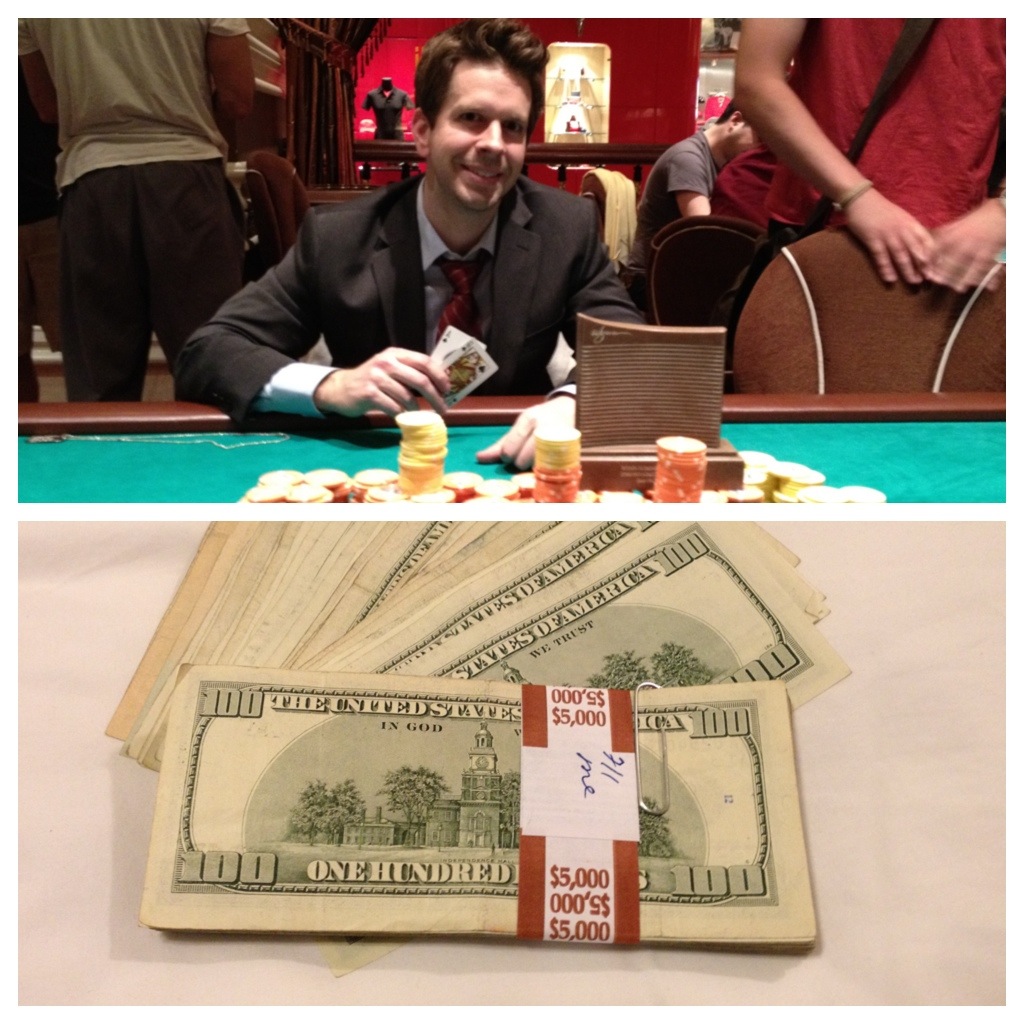
That’s an awful picture of me that’s out of focus. Also, I literally had to hold that “smile” for like 30 seconds before the dealer took the pic, so my typically non-photogenic smile is even worse than usual. Bad smiles aside, it was nice to end up with a little pile of cash, my biggest tournament score yet.
